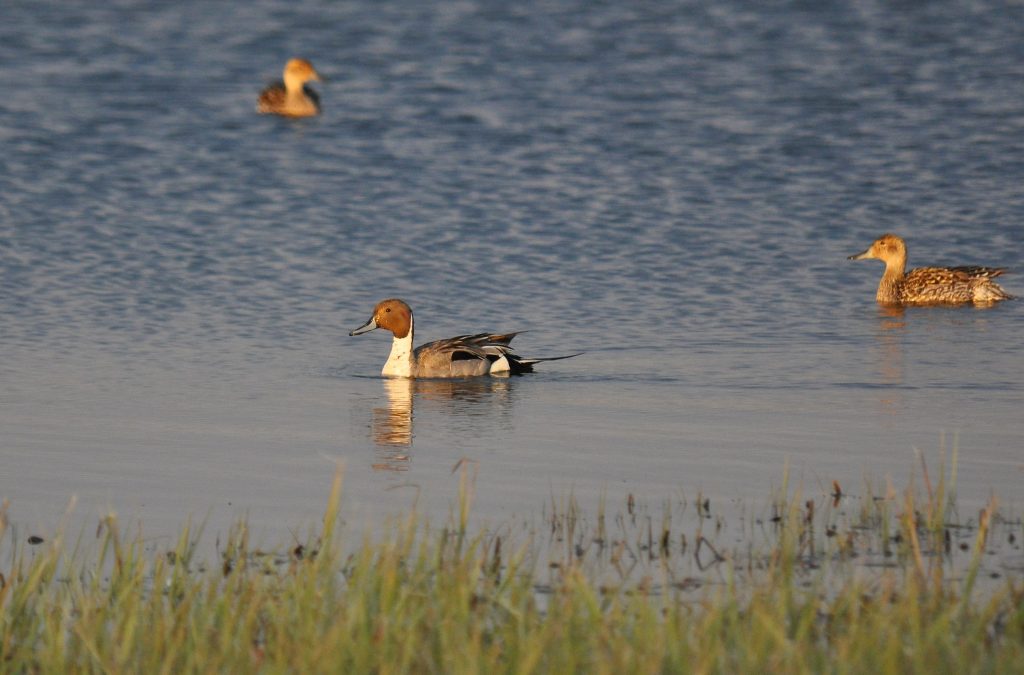This species has typically already arrived before the first birder coverage commences in the spring with moderate to large numbers present by the beginning of May. Migrant numbers usually peak in mid-to-late May, with a decline in migrants by June 10th and standard breeding numbers usually present from mid-June on. The exact migratory pattern is cloudy as this species breeds across most of the freshwater habitats on St. Paul Island, though numbers are low to non-existent on the other Pribilofs during the summer months. During the summer breeding season, chicks are often first noticed in mid-June with broods seen through the remainder of the summer and into early fall. Fall migrants begin to supplement local breeders in late August-early September with peak fall numbers usually in mid-late September before numbers begin to drop off after the first week of October. The latest fall record is from late October though this is likely only a product of lack of coverage as birds should remain until there is no longer any open water on the islands. The mid-winter records are likely just a product of poor coverage and this species should be more common at that season as well.
This species is much more common on St. Paul Island than the other Pribilof islands with its extensive freshwater habitats the likely reason. The first confirmed breeding record for Northern Pintail in the Pribilofs is from 31 July 1954 on St. Paul Island. This species breeds commonly on St. Paul Island in the Pribilofs with approximately 25-50 pairs present with only a few nesting records from St. George Island.


